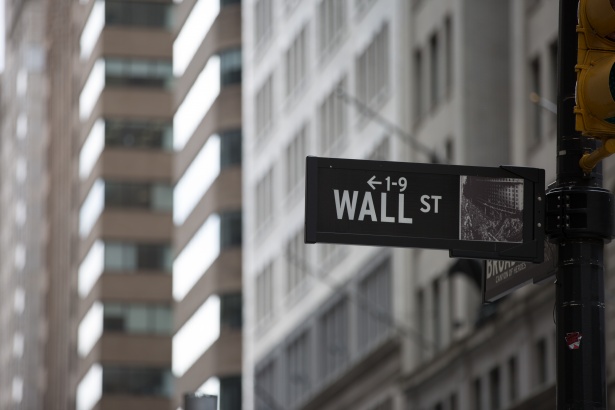US STOCKS-Wall Street closes higher in late market reversal
"I would not be surprised if today is the low point for the major averages," said Sam Stovall, chief investment strategist of CFRA Research in New York. Still, Stovall added that January is often a barometer for the rest of the year.

- Country:
- United States
Wall Street bounced back from a steep sell-off late in the session to close higher on Monday, with bargain hunters pushing the indexes into positive territory. The S&P 500 earlier came close to confirming a correction as investors focused on concerns about an increasingly hawkish Federal Reserve and geopolitical tensions.
This came on the heels last week of the S&P 500 and the Nasdaq suffering their largest weekly percentage plunge since March 2020, when shutdowns to contain the pandemic sent the economy spiraling into its steepest and most abrupt recession on record. "I would not be surprised if today is the low point for the major averages," said Sam Stovall, chief investment strategist of CFRA Research in New York.
Still, Stovall added that January is often a barometer for the rest of the year. "As goes January, so goes the year," Stovall added. "A negative January in 2022 along with a negative first five days of the year would not bode well for the entire year’s performance."
The U.S. Federal Reserve is due to convene its two-day monetary policy meeting on Tuesday, and market participants will be parsing its concluding statement and Chairman Jerome Powell's subsequent Q&A session for clues as to the central bank's timeline for hiking key interest rates to combat inflation. "I think investors are over-assuming a very hawkish stance by the Fed," Stovall said. "Granted, inflation is high and is likely to get higher before it starts to decline. Specifically we see the headline CPI topping at 7.3% for both January and February, but then coming down to 3.5% by year-end."
In a sign that geopolitical tensions are heating up, NATO announced it was putting forces on standby to prepare for a potential Russian invasion of Ukraine. The threat of potential conflict in that region helped U.S. Treasury yields dip, pausing their recent upward climb, which has pressured stocks in recent months.
Meanwhile a report from IHS Markit gave evidence that surging infections of the Omicron COVID variant have caused a marked deceleration of business activity in the United States. According to preliminary data, the S&P 500 gained 13.77 points, or 0.31%, to end at 4,411.71 points, while the Nasdaq Composite gained 97.25 points, or 0.71%, to 13,866.17. The Dow Jones Industrial Average rose 108.45 points, or 0.32%, to 34,373.82.
Fourth-quarter reporting season is in full swing, with 65 of the companies in the S&P 500 having posted results. Of those, 77% have come in above expectations, according to data from Refinitiv. On aggregate, analysts now see S&P 500 annual EPS growth of 23.7%, per Refinitiv.
A series of disappointing earnings from big banks and, notably, lockdown darling Netflix Inc have overshadowed many better-than-expected results. Tesla Inc shares slid, leading declines among the mega-cap tech and tech-adjacent companies.
Kohl's Corp surged after Reuters reported private equity firm Sycamore Partners is preparing to make a bid for the department store chain days after a consortium backed by activist investment firm Starboard Value proposed a buyout.
(This story has not been edited by Devdiscourse staff and is auto-generated from a syndicated feed.)
ALSO READ
India's stature grew globally as it helped other countries during Covid: Mandaviya
Scientists warn of lethal bird flu pandemic, says could be '100 times worse' than COVID
Modi govt was 'dragged into' providing free COVID-19 vaccinations by oppn: Cong
Inflation has been lowest and growth rate highest under BJP rule except during Covid pandemic: Party spokesperson Sudhanshu Trivedi.
Indian CEOs' average salary sees 40% increase to Rs 13.8 cr post-COVID-19: Deloitte report










